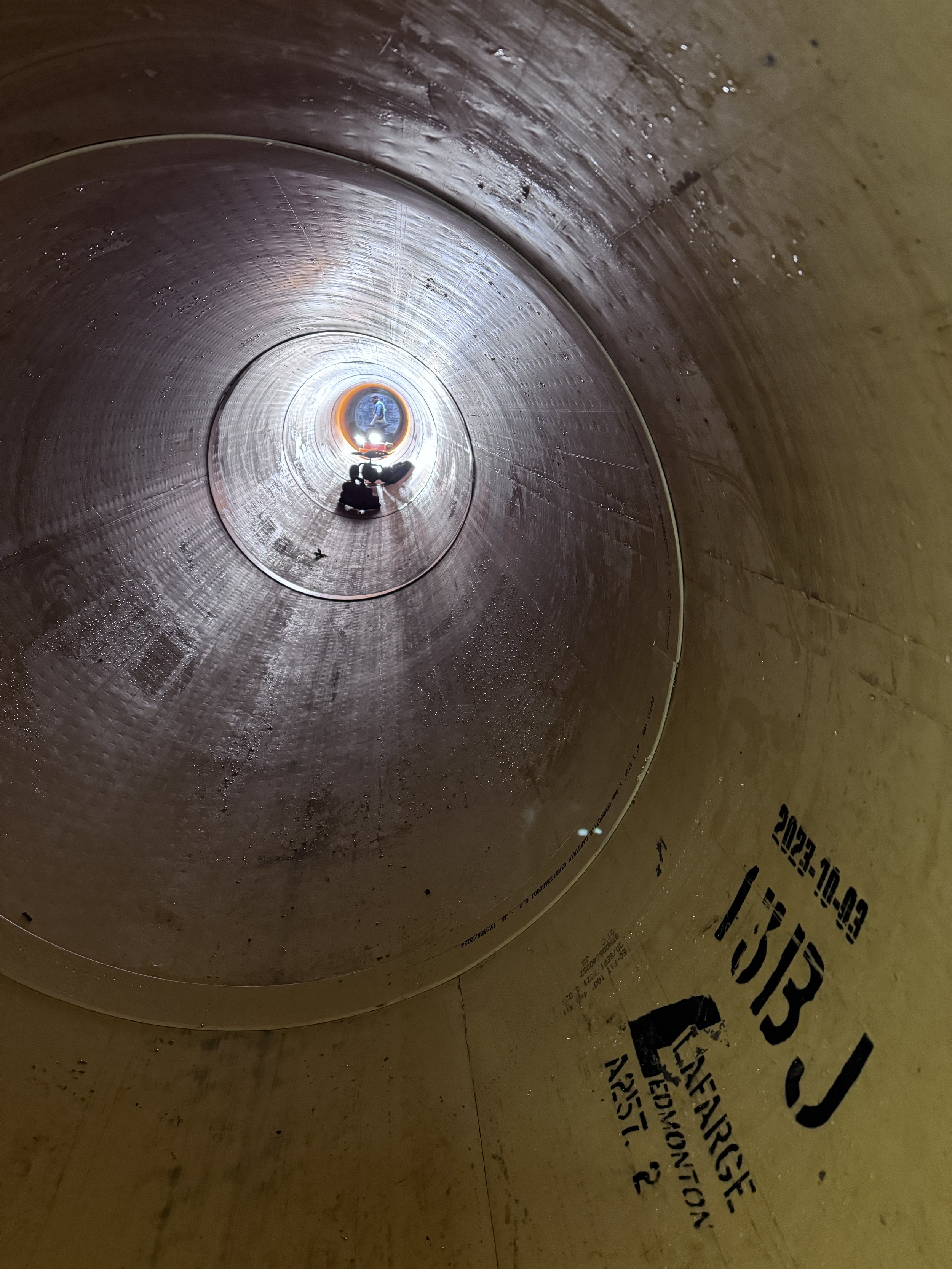Key Features of Concrete Protection Liners
Concrete protection liners (CPL) are crucial for maintaining the integrity and safety of our infrastructure. These liners are designed to be durable, flexible, and highly resistant to chemicals, ensuring that concrete structures remain waterproof and intact. Without these, concrete could easily degrade when exposed to harsh environments and chemicals, leading to costly repairs and potential safety hazards.
The use of concrete protection liners goes beyond merely enhancing durability. They play a pivotal role in various industrial and environmental applications by preventing leaks and contamination. For example, in wastewater treatment plants and chemical storage facilities, these liners act as a barrier, stopping harmful substances from leaching into the soil and groundwater. This is vital for protecting our natural resources and promoting public health.
Concrete protection liners are integral to sustainable infrastructure practices. By extending the life of concrete structures and reducing the need for frequent maintenance, they contribute to long-term environmental and economic benefits. In a world increasingly focused on sustainability, incorporating CPL into infrastructure projects is a proactive step toward achieving these goals.
Essential Features of Concrete Protection Liners
Concrete protection liners are designed with several important characteristics that make them essential for maintaining the safety and integrity of concrete structures.
Durability
CPL is designed to withstand harsh conditions, including extreme temperatures, heavy loads, and chemical exposures. This means they keep structures stable and intact for extended periods, reducing the need for frequent repairs or replacements. Many concrete protection liners are exposed to a variety of chemicals, especially in industrial or environmental settings. Chemical resistance ensures that the liners won't degrade or lose their protective properties when in contact with aggressive substances.
Flexibility
The inherent flexibility of CPL allows the liners to conform to the various shapes and contours of concrete structures, ensuring a snug fit that enhances their protective capabilities - this is especially true with cast-in-place applications.
Impermeability
They must provide a complete barrier to liquids and gases, preventing them from penetrating the concrete and causing potential damage. This impermeability is essential for applications where the concrete is in contact with water, wastewater, or other liquids that could lead to structural weakening if allowed to seep through.
Types of Materials Used in Concrete Protection Liners
Several materials are commonly used to manufacture concrete protection liners. Each has specific advantages and is suitable for various applications:
1. HDPE (High-Density Polyethylene):
HDPE liners are known for their excellent chemical resistance and durability. They are typically used in applications requiring robust barriers against aggressive substances, such as sanitary trunk lines.
2. PVC (Polyvinyl Chloride):
PVC liners provide impermeability, making them good for use in water treatment plants and stormwater management systems. PVC liners are also resistant to a broad range of chemicals. Although, they are not typically used for concrete embedment liner, as HDPE has taken over as the best large-scale option in that arena.
3. Epoxy Coatings:
Epoxy coatings are used as a protective layer for concrete surfaces. They are highly resistant to wear and corrosion and can withstand exposure to various chemicals. These coatings are often used in industrial settings where concrete floors need extra protection from heavy usage and chemical spills. Epoxy coatings typically work best in above-ground applications. Correct concrete preparation before application is critical to ensure adhesion.
By choosing the appropriate material for the specific application, we can ensure the maximum effectiveness and longevity of concrete protection liners, safeguarding our infrastructure and environment. Other materials may be available depending on the specific project requirements. Please contact us with your unique project requirements to discuss the best material options.
Common Applications of Concrete Protection Liners
Concrete protection liners play an essential role in various infrastructure projects, ensuring the longevity and environmental safety of the structures they protect. One of the primary uses of these liners is in wastewater treatment plants (digesters, etc.). Here, they act as a barrier, preventing harmful substances from corroding the concrete. This is vital for preventing environmental contamination and maintaining public health standards.
Chemical storage facilities also rely heavily on concrete protection liners. These liners safeguard against the hazardous materials stored within, preventing leaks and spills from damaging the concrete and contaminating the environment. By using these liners, facilities can ensure that their storage areas remain safe and compliant with environmental regulations.
How Concrete Protection Liners Contribute to Environmental Safety
By extending the lifespan of concrete structures, CPL reduces the need for frequent repairs and replacements. This not only saves resources but also minimizes the environmental impact associated with construction activities. In wastewater treatment plants, for instance, liners ensure that harmful waste does not escape into the environment, supporting cleaner water systems and public health. Engineered Containment has a focus on delivery a 100-year design service life for CPL lined infrastructure projects!
Additionally, using liners in containment systems for fuels and hazardous materials helps prevent environmental disasters. By creating a secure barrier, liners reduce the risk of spills reaching the environment and cause long-term damage. In this way, concrete protection liners are essential components of our efforts to achieve sustainable and environmentally friendly infrastructure solutions.
Concrete protection liners are invaluable in safeguarding our infrastructure and the environment. Incorporating them into infrastructure projects can significantly reduce maintenance costs, extend the lifespan of structures, and support sustainable practices. This proactive approach protects our natural resources, enhances public health, and promotes long-term economic benefits. They are not just a wise investment but a necessary one. As we continue to build and maintain our infrastructure, the role of these liners will become increasingly important.
If you want expert guidance on selecting and implementing concrete protection liners for your next project, contact Engineered Containment. We provide exceptional solutions tailored to your specific needs, ensuring leak-free and durable infrastructure. Let's work together to protect our environment and infrastructure for future generations.



